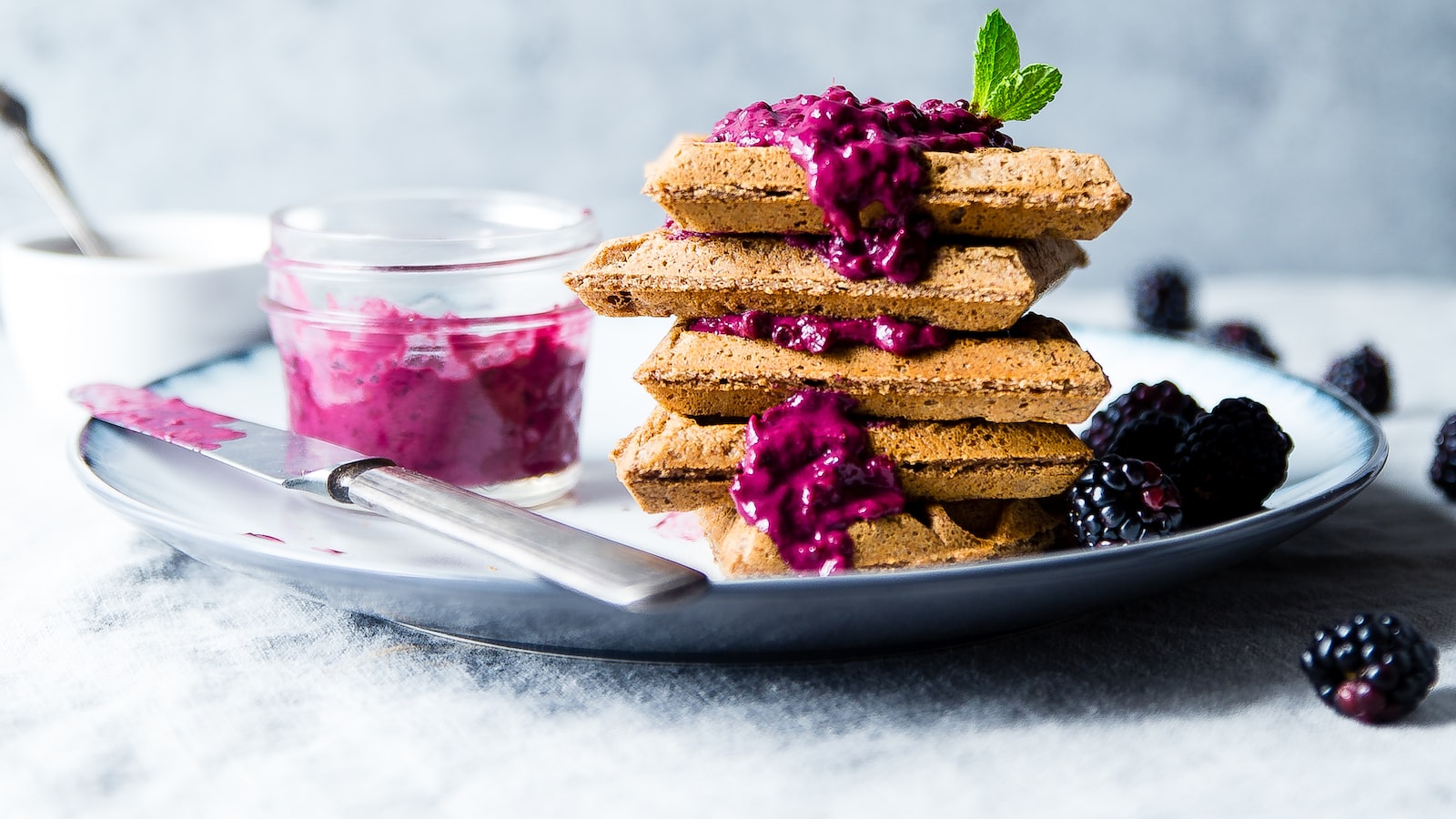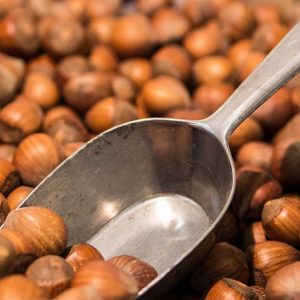Welcome to the world of food. Everyone loves a delicious meal, and what better way to share it than to tell its story? By speaking up and telling our food stories, we can open up to the diverse and beautiful flavors that make up each culture and family. Let’s learn about each other through the lens of our food! Join us and discover the essence of celebrating meal times. In ‘Let’s Tell Our Food Stories’, we explore the traditional and modern recipes from around the world as we share our own experiences as family and friends.
My Contents
- 1. Unleashing Our Culinary Histories:
- 2. Exploring Our Evolving Relationship with Food
- 3. Uncovering Our Ancestral Food Traditions
- 4. Sharing Our Tastes and Tales
- 5. Rekindling Our Connections with Recipe Heirlooms
- My Diet Answers

1. Unleashing Our Culinary Histories:
Foodways are a cultural marker for many people across the globe. Recipes, styles of cooking, and ancient traditions in food service are deeply entrenched in the stack of stories we tell about our history and culture. Let’s take a step back from the modern food trends and explore our individual food histories.
From grandpa’s famous oatmeal raisin pancakes to grandma’s famous pepper steak, there’s always something cookin’ at the center of family dinners. Whether it’s your family’s traditional pierogi served up on a Tuesday night, or the perfect paella from a memorable holiday in Spain; taking the time to pause and reflect on the food stories we share.
Let’s start celebrating the following:
- The time-honored holiday desserts
- Unexpected ingredients that unite cultures
- The unique twists on classics
- The patrons and foods of generations
Food has a way of evoking nostalgia and connecting people, whether it’s a generation-spanning dish or the smell of simmering soup. Every dish contains a past to be cherished. So, let’s start unlocking the stories in our collective culinary history — one dish at a time.
2. Exploring Our Evolving Relationship with Food
Throughout the ages, food has been pertinent to the expression of culture, identity, and for social occasions. Now, in the 21st century, our relationship with food has become more complex and ever-changing. We need to take a step back and explore this relationship, in order to cultivate an appreciation for food that is sustainable and responsible.
- Cultural Appreciation – Food can represent cultural heritage and unique identity. Immigrants often seek out ingredients from their home countries to make dishes that bring nostalgia and comfort to their Sunday dinners and special occasions. Learning how to cook and appreciate traditional recipes from the world around you is a great way to explore your identity or to engage with other cultures.
- Healthy Food Choices – Eating healthy is important for an individual’s wellbeing. Now more than ever, we have access to a variety of information which can help us become more aware of what makes up a healthy diet. Ignoring fad diets, we can make informed decisions based on the ingredients available to us and the global need for sustainability.
- Modern Convenience – We are lucky in the modern era that food has become more accessible. As technology continues to improve, the variety of food we have access to expands and the problems of food deserts and hunger are gradually being addressed. We can make use of modern convenience to help us appreciate food more profoundly.
Considering our relationship with food holistically, from cultural, dietary, and convenience perspectives, can help us appreciate food more deeply and understand how it shapes our lives. As we explore this relationship, we can identify ways to be more sustainable and eat responsibly, while also taking the time to enjoy and appreciate the tastes of the world.
3. Uncovering Our Ancestral Food Traditions
As we look to explore our family trees, we often forget to consider a key part of our culture and heritage: food! Our personal taste preferences can trace their beginnings to the food enjoyed by our ancestors. serves as a meaningful way to engage with our ancient past as well as spread awareness about the importance of global culinary diversity.
When you consider your family history, think about the regional cuisine your ancestors likely ate. Did their culture have a large focus on holiday feasting? Did they prefer a plant-based diet? What were their typical cooking techniques? Combining the gathered ingredients of our past can take the form of delicious, homemade meals with traditional flavors.
Some creative ways to explore your ancestry’s foodways include:
- Cooking a traditional meal: Find a traditional family recipe passed down from generations and prepare it!
- Researching cookbooks: Look for old cookbooks from the region and explore the types of dishes its inhabitants prepared.
- Interviewing relatives: Ask family members what food traditions were present in their families.
Experience the past through the lens of food! Exploring ancestral food traditions can be a great way to connect with our family roots while continuing the appreciation of international and diverse cuisines.
4. Sharing Our Tastes and Tales
After hearing stories in today’s class, each of us has several passions and experiences to bring to the table. The best part is that we can share it! We can get a clearer understanding of each other’s lives by combining our different perspectives.
Whether it’s sharing stories of our travels abroad, fishing trips, our biggest accomplishments or even what and who we ate for lunch, each of us can learn from others. We can understand the world around us and the challenges others face day to day.
A few tips to get the conversation started:
- Be curious. Ask questions and really listen to the other person.
- Be honest about your experiences. Talk around struggles or times of uncertainty as well as successes and moments of joy.
- Be open. Be willing to try something new and learn about different perspectives.
5. Rekindling Our Connections with Recipe Heirlooms
Channel Your Grandmother’s Kitchen
Food has its way of connecting people’s memories. Rekindle the memories associated with your cherished recipe heirlooms and start channeling your grandmother’s kitchen again. Cook her signature dish, taste the flavors of her foods, and cherish the memories they bring.
Recipe heirlooms are essential to the culinary experience. They can come in the form of an old recipe card handed down from generations or a half-remembered list of ingredients. Even if the main dish has changed over the years, the flavors and the memories are still the same.
Here are few tips to help you get started:
- Write down or recreate the recipe. Keep a record of it so the recipe won’t be forgotten.
- Share the recipe with family and friends. One of the best ways to keep a recipe alive is to keep it in circulation.
- Experiment and update the recipe with modern ingredients. Try adding in diverse flavors that can help give your family recipe a new life.
is an important part of cooking, family traditions, and creating memories that you and your loved ones can cherish.
My Diet Answers
Q: What is “Let’s Tell Our Food Stories” all about?
A: “Let’s Tell Our Food Stories” is a project created to celebrate food culture around the world. It’s a platform to tell stories about food, from people’s experiences with it to how it has shaped their lives. We want to explore the many ways food can bring us together and connect us to the world.
Q: How will this project make a difference?
A: This project will make a difference by highlighting the cultural importance of food. It is a platform for people to share their stories and to help build bridges between cultures. In doing so, we can create a better understanding of each other through the stories our food has to tell.
Q: How can people get involved in this project?
A: People can get involved by sharing their food stories with us! Whether through a blog post, photograph, video, or any form of media, we want to hear about the experiences, customs, and emotions people have with food. We also accept submissions from any location, so you can tell us about your local cuisine or share stories from your travels.
We all have stories of food that make us laugh, cry, and think. These stories are an important part of our culture and heritage, and giving them a voice helps keep them alive. So write your food stories down! Start by telling yours and then encourage your friends, family, and community members to tell theirs. Let’s share these stories and celebrate our unique and wonderful food experiences!










